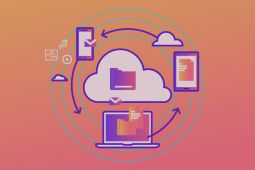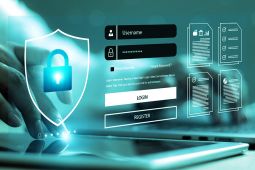I support my child in the development and maintenance of his positive online reputation.
Protecting Student Online Privacy

Identity theft and students
Identity theft is a serious problem. Despite the age, gender, and income level anyone can become a victim of identity theft. Indeed, anyone with an identity card in this world can be a target. Equally, identity thieves can also be anyone and the aim behind this crime can be financial gains. Your information may not appear to have much value to you but for identity thieves, it has immense value.
Securing our identifiable information is challenging, as it is not just on paper but also electronic. Our identity has its presence in emails, social media sites, etc. This is why teens need to be educated on how to protect their personal information.
As educators, try to propose to the school administration to incorporate online safety practices as part of the school curriculum. Suggest workshops for the students and their parents to spread awareness about identity theft.
Educator's role
Here are some practices for educators to teach their students on to reduce their risk of identity theft:
- Not to share their personal information with strangers.
- Documents that contain personal information must be kept in a safe place.
- If documents containing personal information must be carried daily, they should carry a photocopy of the original ones and keep the original one in a safe place.
- change their email passwords regularly and create strong passwords that are difficult to crack – a strong password has at least eight characters and contains a mix of letters, numbers, and symbols.
- Not to subscribe to free online games and other services by providing personal or identifiable information.
- To never share any personal information about themselves or family or known people online.
- To harden their social media accounts privacy settings.
- Not to use their real names and personal information when creating online profiles unless it is really needed.
- Emphasize to the parents the importance of monitoring their children’s online activities.
- To install updated and strong anti-virus software.
- To ever leave sensitive documents unattended anywhere (home or outside).
@2x.png)

















